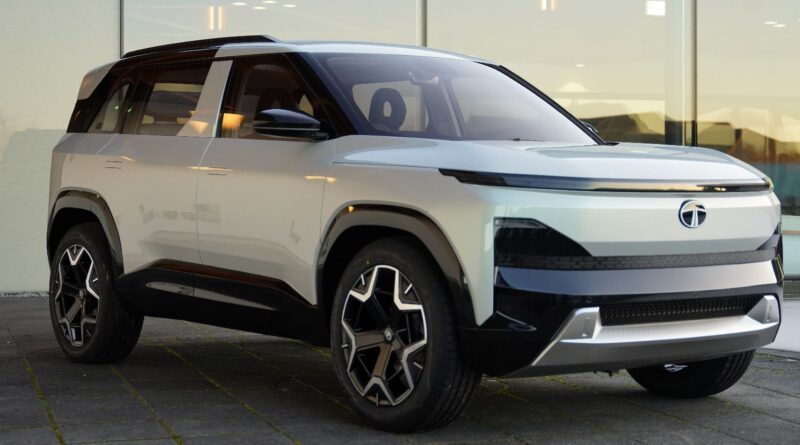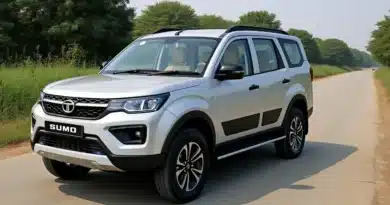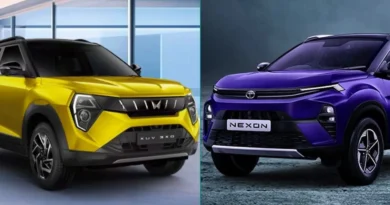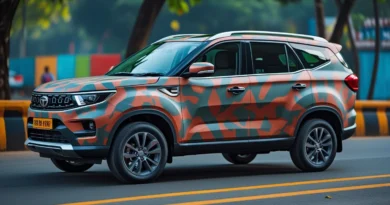Tata Motors’ Big Push: 30 New Cars by 2030 (Including 7 Fresh Names)
Table of Contents
What’s the plan?
At its recent Investor Day, Tata Motors announced its roadmap to introduce 30 new model updates by fiscal 2030. That includes 7 brand-new nameplates and 23 major facelifts or engine upgrades across its current lineup
The goal: growing its current stable of eight distinct nameplates to over fifteen, keeping Tata relevant and competitive through the decade-end.
The company expects to pump in between ₹33,000 and ₹35,000 crore (roughly $4 billion) from FY2026 to FY2030 to fuel this aggressive strategy.
The seven fresh nameplates
Tata confirmed three ICE (petrol/diesel) and four EV-only new models—including:
- Tata Sierra (ICE + EV) – Relaunching the iconic SUV name with both petrol/diesel and electric variants. Expected to debut by the end of 2025. These models are anticipated to arrive between late 2025 and FY26.
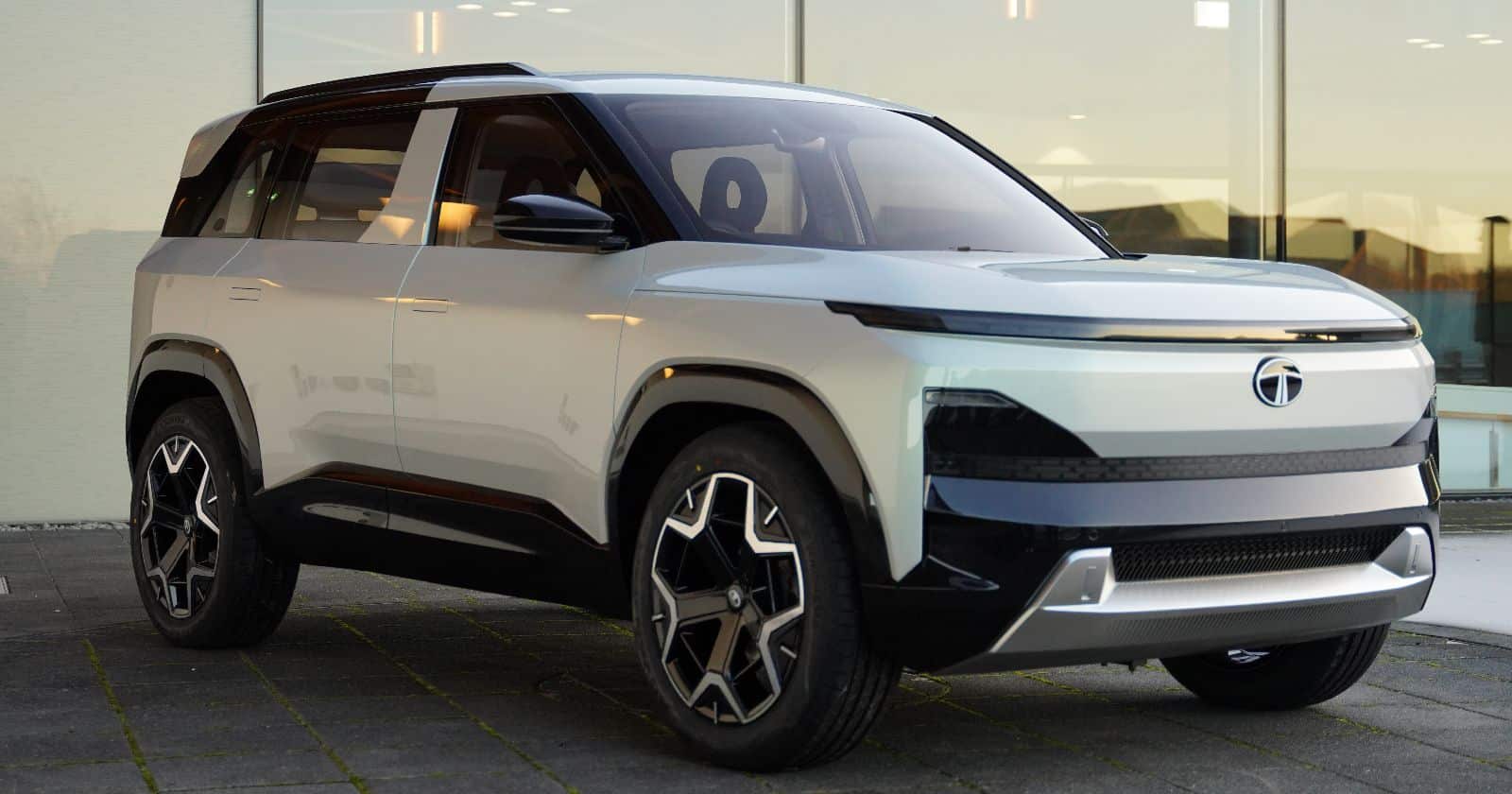
- Avinya & Avinya X – Premium EV platforms based on Tata’s next-generation Gen‑3 EV architecture with long‑range performance (>500 km), minimalist interiors, and fast charging capabilities. Production starts around mid‑2026
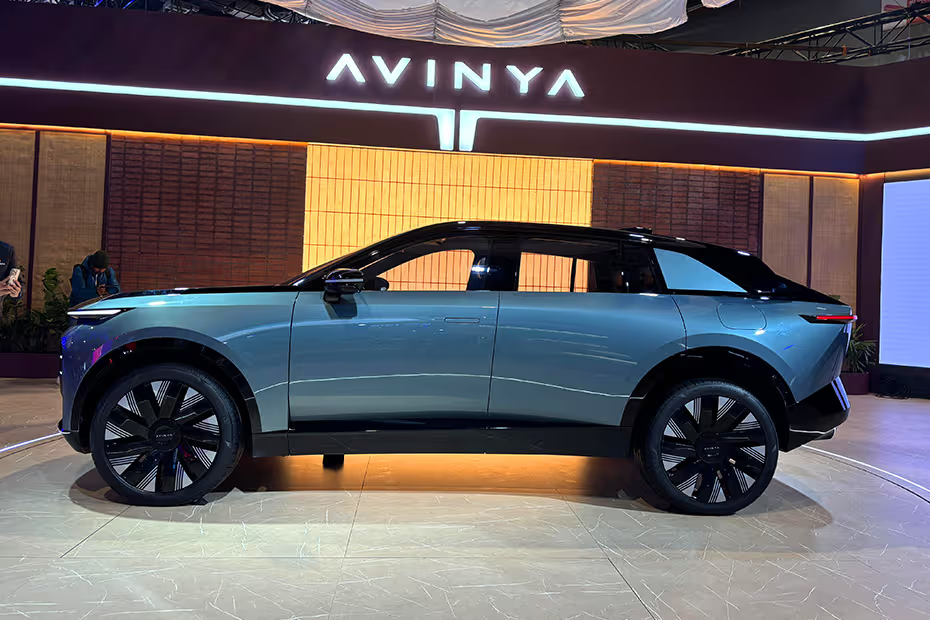
- Scarlet – A sub‑4‑metre compact SUV with boxy styling inspired by Sierra. It’s set to offer a mix of petrol, diesel, and possibly electric variants—even AWD EV spec is speculated
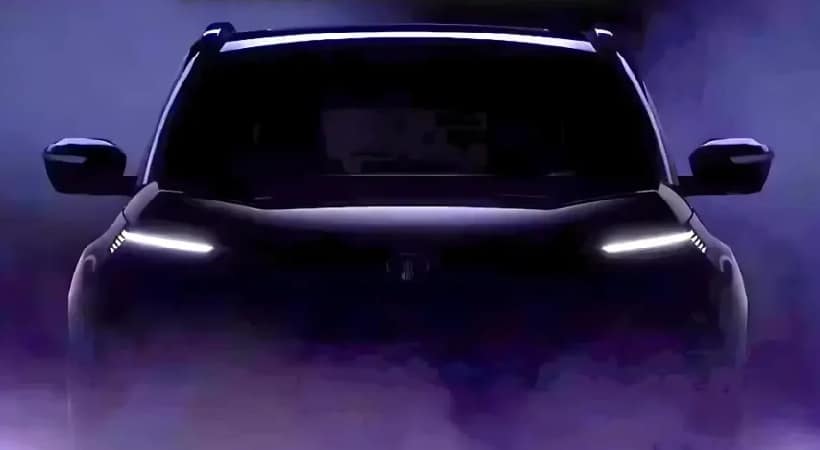
- Plus two more unnamed ICE models and two EV models under development, entries intended to broaden coverage in both segments
Major facelifts & upgrades
The remaining 23 models include:
- Facelifts and refreshes for current models such as Tiago, Altroz, Punch, Nexon, Safari, and Harrier.
- New powertrains: Expect the 1.5‑litre turbo‑petrol TGDi engine to power the Harrier and Safari ICE versions, to be rolled out by FY2026.
- Safety and tech upgrades across the board—wireless Android Auto/CarPlay, ADAS, connected services via Tata’s iRA platform, and more premium features.
EV ambitions & infrastructure
Tata aims for EVs to make up 20% of its passenger vehicles by FY2027, rising to 30% by FY2030. Eventually, up to half of its future portfolio may be electric
To support this, Tata plans to build 300+ EV charging mega‑stations along 40+ key corridors by 2026, while boosting dealership and workshop networks in smaller towns
Strategically, they’re also investing in a local battery gigafactory (~$1.5 billion) to secure the cell supply chain by 2026–28 and counter rising competition from new EV players
Market targets & vision
Tata’s targets:
- Grow overall PV market share to ~16% by FY2027, and 18–20% by FY2030.
- Achieve double‑digit EBITDA margins in its EV business by FY2026.
- Expand its product portfolio and global capabilities by consolidating platforms (from several older lines to just 2–3 modern architectures) to drive efficiency and scale.

